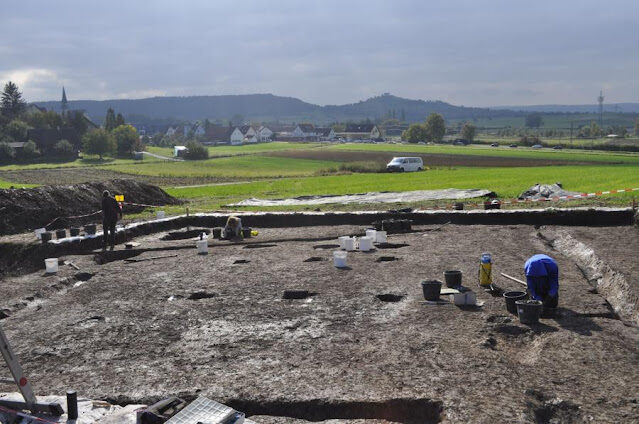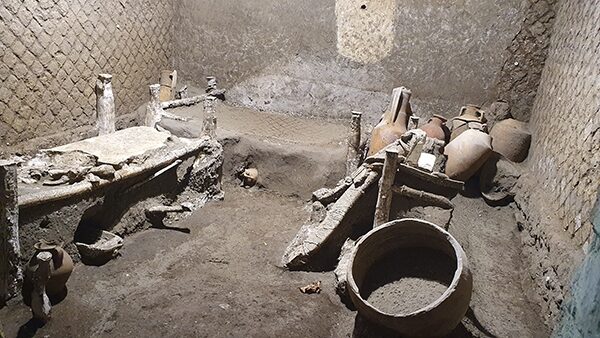
© Amusing Planet
MAKKAH: Crossing over into the Hail region, east of Madinah,
the mystery deepens on the extent of the Arabian Peninsula's ancient desert civilizations as more desert kites are found.The
stone circles and structures, known as kites, have been found mainly in the Kingdom's western region. Aerial surveys found more nestled between the desert sands of the Great Nafud.
Believed to be Neolithic, the polygons, funnel, and triangle-looking structures are mainly concentrated near the Harrat Khaybar Lava fields in the west, some that date back to the fourth and seventh centuries B.C. The structures in Hail are found in Qaa Al-Sibaq near the town of Shuwaimis, northwest of Hail.
More than 5,800 desert kites have been discovered across Armenia, Saudi Arabia, Jordan, and Kazakhstan, with the highest concentration found in Syria with 2,500 kites.Hidden treasures of the Kingdom's vast deserts remain unseen and are waiting to be discovered. Desert kites are sophisticated and well-engineered structures whose purpose remains a secret to this day.
Dr. Salma Hawsawi, a professor of ancient history at King Saud University, told Arab News that Saudi Arabia has an abundance of stone circles, kites, and structures scattered all over the Kingdom. Many desert kites were found in the area north of Madinah (Khaybar, Fadak, AlUla). The large slabs are in different shapes: Circles, triangles, ovals, raised stones, stone piles, squares, and arcs.
Hawsawi said the kites were geometric shapes that may be connected or unconnected to each other. They may be part of a building or separate, or stone piles: A group of stones on top of each other in a gradual form, not consistent in size or shape.
"Some of the triangles have small, large, and hollow bases, parallel and successive, opposite at the vertex," she said. "There are also circles with a middle point, hollow points, irregular, flat, and overlapping stones. Other shapes include circles with a square in the middle, small and large ovals, ovals overlapping with circles and squares, irregular squares, hollow and irregular rectangles, and rectangles stacked on top of each other."


Comment: See also: